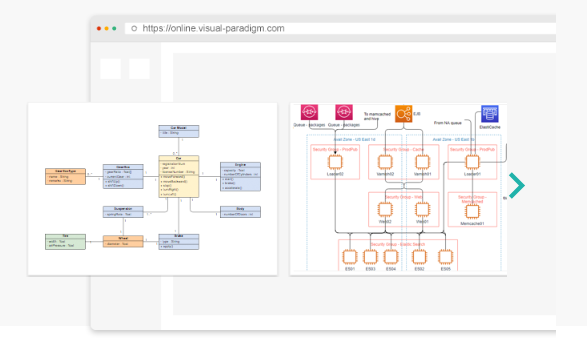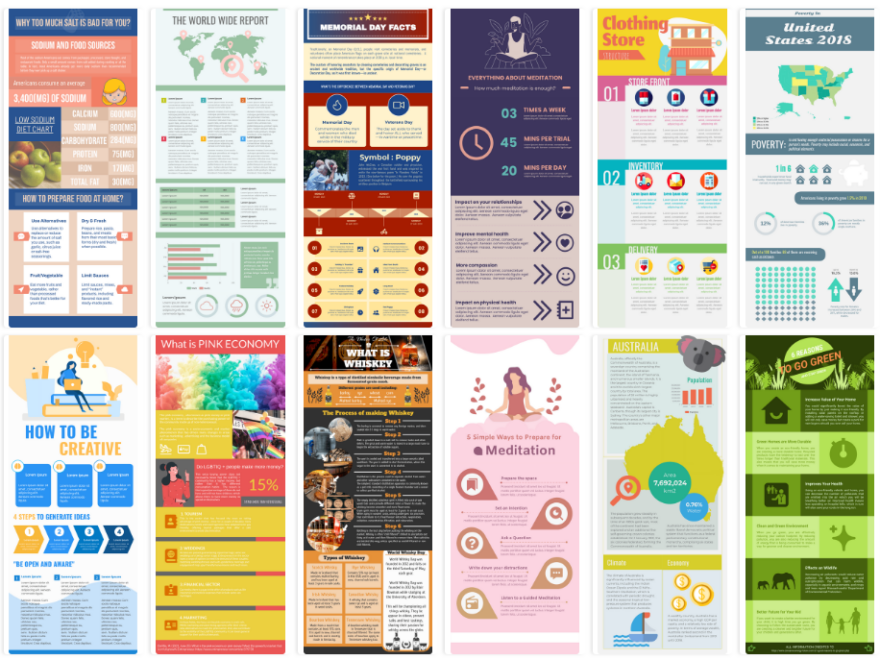Brainstorming is a powerful technique that promotes creative thinking and idea generation. Whether you are a professional in a creative
Continue reading
Learning one new thing everyday


Brainstorming is a powerful technique that promotes creative thinking and idea generation. Whether you are a professional in a creative
Continue reading
Startups 101: Essential Strategies for Launching and Scaling Your Business – Discover essential strategies and insights for launching and scaling your startup. Learn about funding, marketing, team building, and other key aspects to successfully navigate the startup journey.
Continue reading
Software Engineering Best Practices: Building Robust and Scalable Applications – Explore the best practices in software engineering for building robust and scalable applications. Learn about coding standards, testing methodologies, and architectural principles to ensure the development of high-quality software.
Continue reading
Exploring the World of Infographics: Creating Engaging Visual Content – Learn how to create visually compelling infographics that engage your audience and communicate complex information effectively. Discover the tools, techniques, and best practices for designing infographics that stand out.
Continue reading
The Future of E-commerce: Trends and Innovations – Discover the latest trends and innovations shaping the future of e-commerce. Learn about the technologies, strategies, and best practices for staying ahead in the rapidly evolving world of online retail.
Continue reading
Enhancing Collaboration and Productivity with Online Document Editors – Discover how online document editors can revolutionize collaboration and boost productivity in your team.
Continue reading
Find out about a website that offers free online file conversion services for various file formats. Convert your files effortlessly and for no cost using this convenient online tool.
Continue reading
Discover three reliable and secure file conversion tools that can help you protect your privacy online. Learn how to convert files safely and efficiently while keeping your personal information secure.
Continue reading
This comprehensive guide covers everything content creators need to know about video file conversion, including popular video formats, compatibility issues, and the importance of video conversion. Learn how Visual Paradigm’s file conversion tools can simplify the process and help you effortlessly convert video files.
Continue reading
Learn about the top image formats for web use and how to choose the best format for your website. Discover the advantages and disadvantages of JPEG, PNG, GIF, WebP, and SVG, and find out how to convert between formats using online tools like Visual Paradigm’s File Conversion Tools.
Continue reading